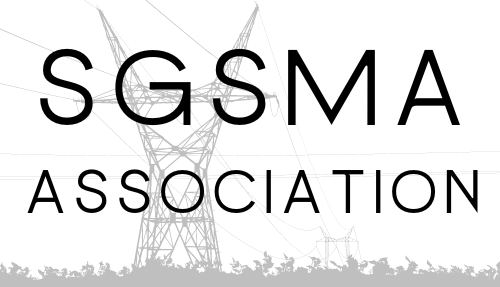The monitoring architecture implemented in RWTH laboratory includes the Substation Automation Units (SAU), both for Primary (PSAU) and Secondary (SSAU) substations, together with measurement devices to be installed and connected to the grid via sensors and to the SAUs via a communication infrastructure. Measurement devices have dedicated communication servers installed (such as MMS server, DLMS/COSEM server etc.) whereas the SAUs have dedicated clients (such as MMS client, DLMS/COSEM client etc.) to access the data, or subscribe to reports. Furthermore the SAUs have dedicated databases where to store the measurements and proper time. RWTH Monitoring architecture, includes therefore three parts, the so-called virtual IEDs (VIEDs) and some commercial PMUs, connected to the real time simulator (RTDS) and a commercial smart meter connected to the laboratory power network. The VIEDs are computer entities, where some software and algorithms that emulate the behaviour of IEDs are installed. The commercial PMUs and the SM already include the software for measurement reporting. The VIED include an internal DB, where the measurements from the RTDS are temporarily stored and sent through a MMS server, developed by RWTH, with MMS Ease Lite libraries, to the SAU. Such devices are connected to the SAU, trough the laboratory Ethernet communication network, which has optimal features for delay and packet loss.


The PMUs provide the synchrophasors of voltage at the node where it is installed and the current of the adjacent branches. The GPS unit is connected to the GPS antenna and provide the time reference to 4 commercial PMUs. In RWTH simulation environment it is installed in a set of simulated bus and branches, whose current and voltages are provided in terms of analog ± 10 V voltage.

Such signal is amplified through a prototype voltage amplifier (from ± 10 V to ± 1 V) and some commercial voltage and current converters (respectively from ± 1 V to ± 100 V and from ± 1 V to ± 1 A). The prototype of voltage amplifier accepts 6 channels of voltage in the range ± 10 V and has as output a voltage in the range ± 1 V with some RJ45 connectors.


The voltage and current transducers used are manufactured by ALTEA. Voltage converters convert the input ± 1 V to ± 100 V three phase voltage, therefore the converting ratio for single phase channel is 1 to . The current converter, convert the input ± 1 V to ± 1 A three phase current, therefore the converting ration for single phase channels is 1 to 1/sqrt(3).
The monitoring chain based on PMUs require an accurate evaluation of the scaling factor, in particular, it has to be specified how many units in simulation correspond to 1 V at the GTAO output; consequently, the transformation in the voltage prototype and ALTEA converters has to be calculated; afterwards the PMU may set a gain for voltage and current signals (depending on the nominal voltage/current in input and output of the selected measurement transformers); eventually a multiplier may be defined at the SAU’s C37.118 client level. The SAU’s C37.118 client is the open source software OpenPDC, who is able to store the measurements in real time in a MySQL database.

